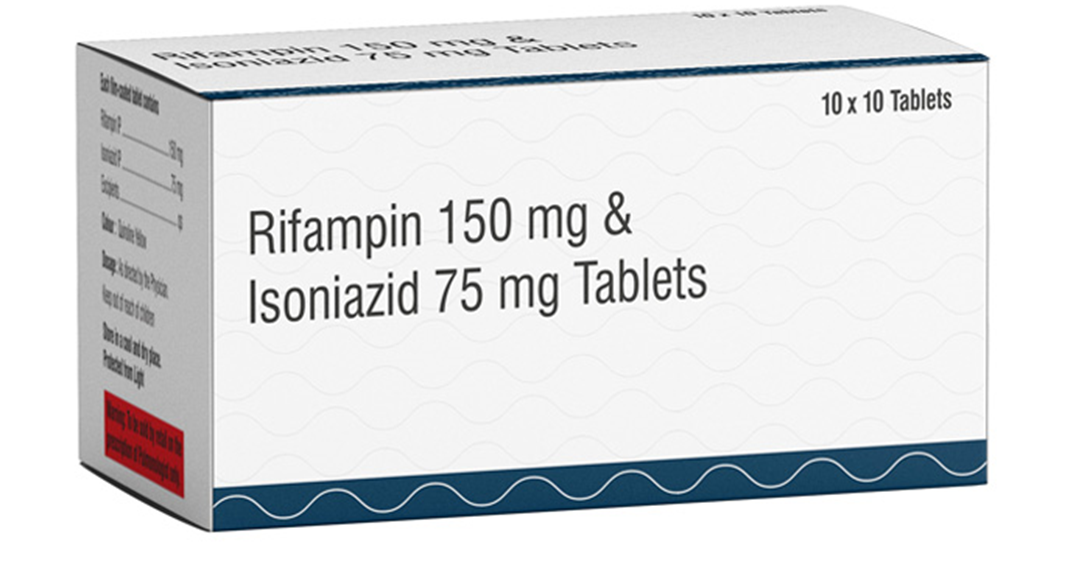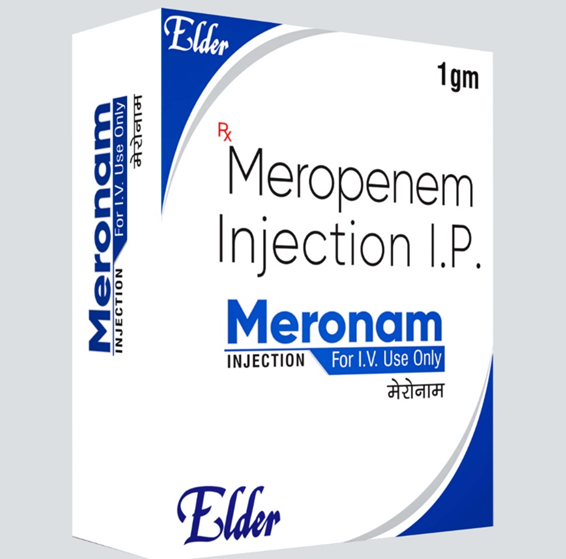An adult exposed to tuberculosis is scheduled to begin prophylactic treatment with isoniazid. Which information is most important for the nurse to note before administering the initial dose?
Conversion of the client's PPD test from negative to positive
History of intravenous drug abuse
Current diagnosis of hepatitis B
Length of time of the exposure to tuberculosis
The Correct Answer is C
Choice A reason: Conversion of the client's PPD test from negative to positive is not the most important information for the nurse to note, as this is an expected finding for a client who has been exposed to tuberculosis and does not affect the administration of isoniazid. This is a distractor choice.
Choice B reason: History of intravenous drug abuse is not the most important information for the nurse to note, as this is not directly related to the use of isoniazid and does not contraindicate its administration. This is another distractor choice.
Choice C reason: Current diagnosis of hepatitis B is the most important information for the nurse to note, as this can increase the risk of hepatotoxicity and liver damage from isoniazid, which requires close monitoring and possible dose adjustment. Therefore, this is the correct choice.

Choice D reason: Length of time of the exposure to tuberculosis is not the most important information for the nurse to note, as this does not influence the dosage or frequency of isoniazid and does not indicate any complication or adverse reaction. This is another distractor choice.
Nursing Test Bank
Naxlex Comprehensive Predictor Exams
Related Questions
Correct Answer is C
Explanation
Choice A reason: Yellow-tinged sputum is not a critical finding for the nurse to report, as this is a common sign of pneumonia and does not indicate an adverse reaction to meropenem. This is a distractor choice.
Choice B reason: Nausea and headache are not urgent findings for the nurse to report, as these are mild side effects of meropenem and can be managed with supportive measures. This is another distractor choice.
Choice C reason: Watery diarrhea is an important finding for the nurse to report, as this can indicate a serious complication of meropenem, such as Clostridioides difficile infection, which can cause severe dehydration, electrolyte imbalance, and sepsis. Therefore, this is the correct choice.

Choice D reason: Increased fatigue is not a significant finding for the nurse to report, as this can be related to the client's underlying condition and does not suggest a problem with meropenem. This is another distractor choice.
Correct Answer is D
Explanation
Choice A reason: Encourage rest until the analgesic becomes effective. This is not the best intervention, as it does not address the client's preference or comfort level. The analgesic may take some time to relieve the pain, and forcing the client to lie down may increase the pressure on the pancreas and worsen the pain.
Choice B reason: Raise head of bed until at a 90 degree angle. This is not the best intervention, as it does not address the client's preference or comfort level. Raising the head of bed may help reduce abdominal distension and improve breathing, but it may not relieve the pain as much as leaning forward.
Choice C reason: Place bed in a reverse Trendelenburg position. This is not the best intervention, as it does not address the client's preference or comfort level. Placing the bed in a reverse Trendelenburg position may help shift the abdominal organs away from the pancreas and reduce inflammation, but it may not relieve the pain as much as leaning forward.
Choice D reason: Position bedside table so the client can lean across it. This is the best intervention, as it addresses the client's preference and comfort level. Leaning forward may help decrease the tension on the pancreas and relieve the pain. The bedside table can provide support and stability for the client while sitting up.
Whether you are a student looking to ace your exams or a practicing nurse seeking to enhance your expertise , our nursing education contents will empower you with the confidence and competence to make a difference in the lives of patients and become a respected leader in the healthcare field.
Visit Naxlex, invest in your future and unlock endless possibilities with our unparalleled nursing education contents today
Report Wrong Answer on the Current Question
Do you disagree with the answer? If yes, what is your expected answer? Explain.
Kindly be descriptive with the issue you are facing.
